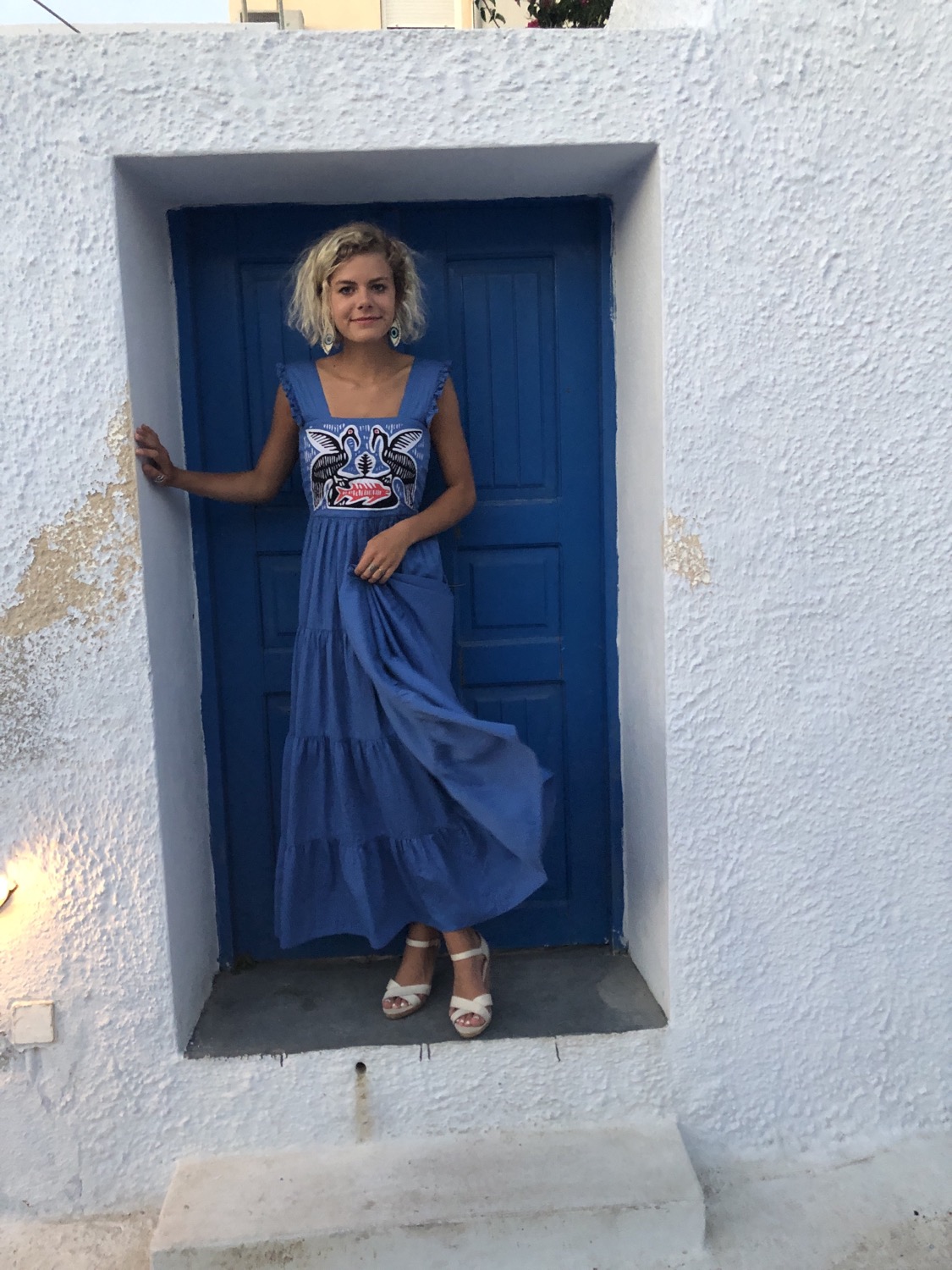The Dig: LA Uncovered
- lrechner

- Jan 9, 2021
- 3 min read
LA Now Lecture Series
February 4 2020

January 1951. Photo by Floyd Faxon. Courtesy of Philadelphia Museum of Art, Library and Archives, Arensberg Archives. Artists: Brancusi, Braque, Duchamp, Paul Klee, Pablo Picasso
As fellow faculty member, Jane, described, “it’s a good time to re-discover Sheets,” just as Dr. Damon Willick used his lecture to dig up the many skeletons that skatter Los Angeles’ past. The basic structure of Dr. D’s lecture paralleled ideas of Chareles Baudelaire in that his content focused on the ever-changing, yet timeless nature of LA’s art scene and the new historical subject matter of the art itself. He began with the beginning. The first settlers of Los Angeles were the people of the Topanga tribe. Their property was disseminated upon by missionaries during the California Missions from 1769-1823. Built from their demise, Los Angeles grew and was founded in 1781 under a different name. Dr. D explored the foundations of Los Angeles as it pertains to the Spanish city, “The Town of Our Lady the Queen of the Angels,” in relation to its cultural roots. Then, the city of Los Angeles was comprised of 44 people and 11 families. In the beginning, this location was, as Dr. Damon described the “garden of eden.” Through the surge of migration with the draw to the “California dream” and the increase of tourism, Los Angeles quickly grew.
Innovations in technology seeped and flourished in the artist communities after the 1913 LA Aqueduct was created. This centralized the city to be in between the harbor of San Pedro and the water of San Fernando Valley. The shape of “boom-town,” Dr. D laughed, is a result of the sprawl of the 1925 Pacific Electric Rail Lines and the initial city of Los Angeles as it attempted to collect the most resources. Of course, a handful of talented people followed.
The culture of the 20s in Los Angeles would have been a sight to see as the collection of writers, directors, and creatives began to test technology. The rise of the film industry gave way to Goldwyn and Metro Studios which quickly became the Warner Brothers and Pixar that are vital icons for Hollywood today. A snapshot of this idea of Los Angeles as a versatil “being” was exhibited in Dr. D’s discussion of the conglomeration of people who identified as a “Los Angeles local.” This also parallels his discussion of the city as an entity as Dr. Damon describes, “Los Angeles as a city, a religion, and an idea who is equally multivalent.”
My favorite parts of the lecture, which were woven throughout, focused on the paradox of Los Angeles as a growing innovative city while also with key figures being “suspicious” of modern art. Dr. D explained this was because during this time LA was very culturally conservative. He further shows this idea in his discussions of early collectors. Viewing the photograph of Walter and Louise Arensberg’s sitting room gave me goosebumps. Rejected by two Los Angeles institutions, all of this artwork together in this photo is a direct representation of the paradox of the city itself.
Los Angeles is best described with Dr. Damon’s words: “It is a mega-city.” The city of angels is not only a mega-city geographically, but it is also a mammoth for innovation in film, trendsetter in chill, and a montage of cultures clipped together with the bare bones of rail tracks.
3 Facts Dr. D mentioned which I was particularly surprised by...
In 1910 Los Angeles supplied ¼ of the world’s oil
University Hall at LMU was Howard Hughes aircraft headquarters in 1955
Case Study Houses are a real thing


